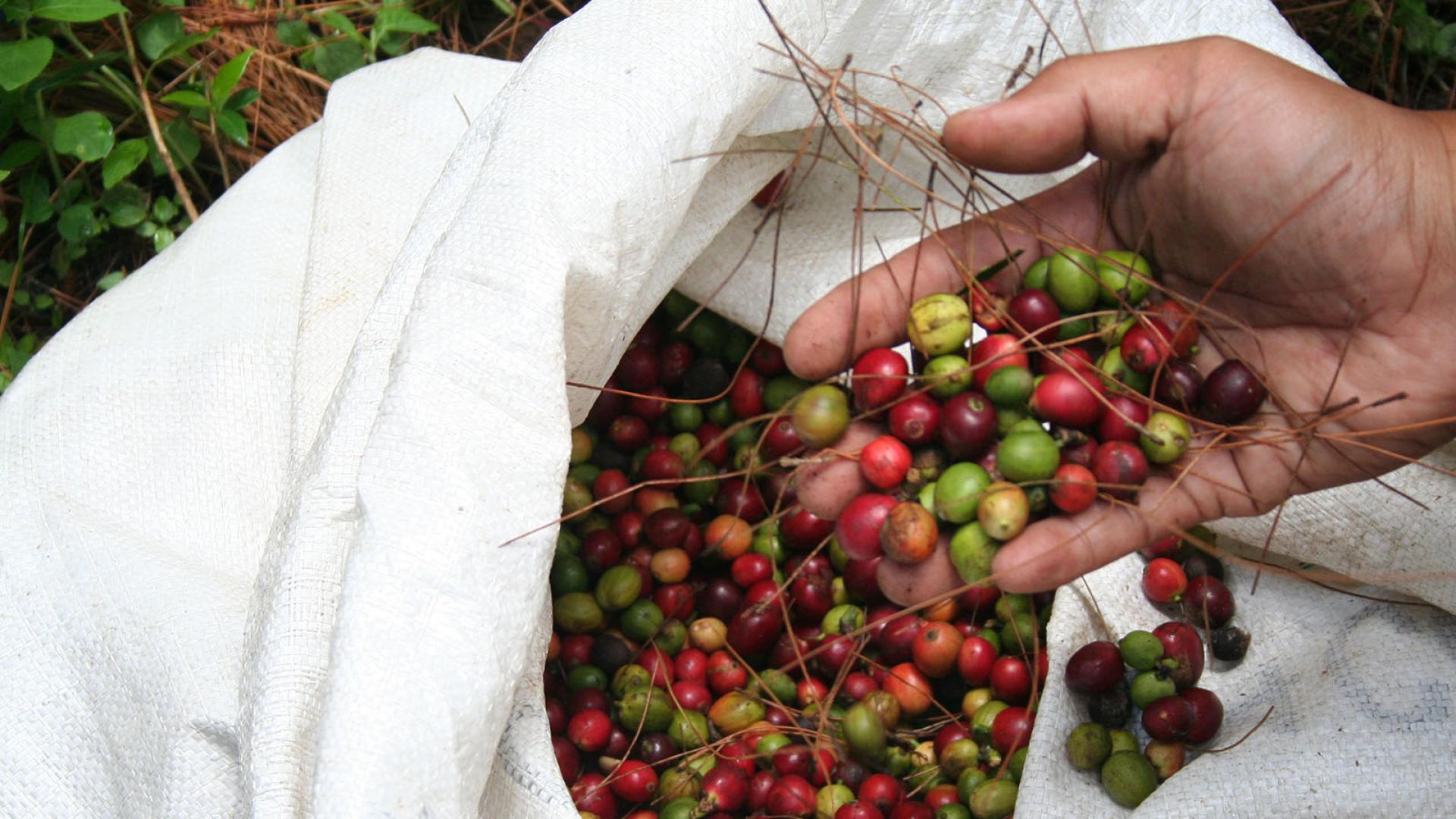Since taking ownership in 2016 the University have created a UB Forest Management team. This team faces considerable challenges in governing activities within the forest having to balance the new role of the forest as a place for education, the University’s commitment to environmental sustainability, compliance with national regulations regarding forest health, whilst also protecting or enhancing the livelihoods of the smallholder farmers and their families.
To support the UB Forest management team, members of the Faculty of Administrative Science (FIA), supported by the SUNRISE team, are facilitating the development of a system of collaborative governance between UB management and the farmers.
This is a considerable challenge. There are 195 farmers working within the forest (average farm size is 0.25 – 1 ha). These farmers and their families also live within the forest, with households spread across three hamlets, Sumbersari, Sumberwangi, and Bontoro. UB Forest management are responsible not only for forestry management but also infrastructure, planning, and development of these hamlets.
There are four components to the FIA work:
- Identifying key social and policy issues in revitalizing the agroforestry systems at UB Forest
- Facilitating policy dialogue to build effective collaborative management for revitalizing the agroforestry systems at UB Forest
- Strengthening UB Forest smallholder coffee farmers within market chains to improve their social and economic welfare
- Improving market access of UB Forest small holders through the development of an app to improve farmers access to market information and outcome of the SUNRISE agronomic trials SiJaMPi (Sistem jejating Manajemen Produk Kopi) app.
The FIA are using interviews, focus groups, and analysis of regional and national data and to gather information. They are engaging with not only UB Forest management team and the farmers, but also local governments, communities and wider stakeholders such as the local water company, whose interests are linked to the forest management.
The FIA, are working to identify areas of tension between the UB Forest management team and the farmers, such as the shift from a land rent system to one of yield sharing, and have made recommendations to improve the governance structure.
The FIA have also conducted market chain analysis. They have identified how the farmers currently access the market and how, through closer connections with coffee processers, farmers may be able to secure a higher price for their beans. This aligns with the UB management team’s interest in developing within forest coffee processing facilities. Although the FIA highlights that this will be a shift in farmers behaviour, and to maximise profits, effective marketing of the UB Forest coffee’s unique qualities.

Comparison of supply chains within UB Forest, contrasting the current chain (light boxes) with the planned new shorter chain planned by UB Forest management (dark boxes). Adapted from fig 4.2 in Pangestuti et al., 2019.
